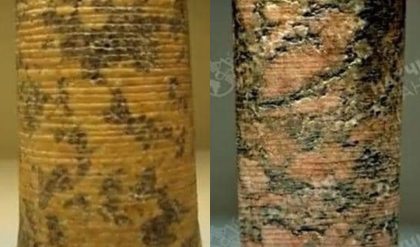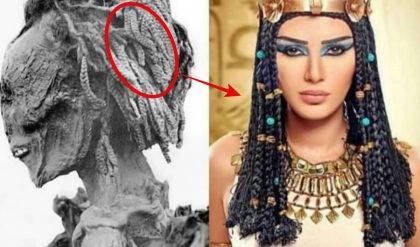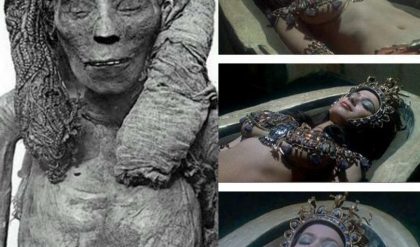
Delving into the annals of ancient Egyptian culture unveils a fascinating ritual deeply ingrained in their societal fabric: circumcision. The oldest surviving depiction of this practice, discovered in the Mastaba of Ankhmahor, offers a glimpse into its significance. Carved in bas-relief, it portrays mortuary priests wielding flint knives to perform circumcisions on a group of boys, underscoring its prevalence in ancient Egyptian society.
Circumcision, a cultural and religious practice, traces its origins to the Old Kingdom period, spanning from 2686 to 2181 BC. While the precise motivations behind this ritual remain shrouded in mystery, scholars posit several theories regarding its purpose and symbolism.
One prevailing theory suggests that circumcision symbolized a rite of passage into adulthood, marking the transition from youth to maturity. This symbolic act may have signified purity and cleanliness, virtues highly esteemed in ancient Egyptian society. Additionally, circumcision likely bore connotations of social status and religious affiliation, serving as a visible marker of one’s identity within the community.
The practice of circumcision in ancient Egypt extended beyond mere hygiene; it was intertwined with their broader cultural ethos. Egyptians placed great emphasis on cleanliness, both physical and spiritual, viewing circumcision as a means of promoting purity and enlightenment. This ritual was not merely a medical procedure but a symbolic gesture reflecting their spiritual and intellectual aspirations.
Despite the absence of a definitive explanation, circumcision held profound significance in ancient Egyptian life. It was imbued with honor and solemnity, often conducted as a public ceremony to mark the transition into adulthood. This communal observance underscored the importance of continuity, emphasizing the perpetuation of family lineage and fertility.
Moreover, circumcision may have carried symbolic weight for the elite, symbolizing divine favor and distinction. References in ancient Egyptian texts, such as the Egyptian Book of the Dead, depict the sun god Re performing circumcision upon himself, further elevating its significance within religious narratives.
In conclusion, the practice of circumcision in ancient Egypt reflects a complex interplay of cultural, religious, and social dynamics. While its precise meanings may elude us, its enduring presence in Egyptian society underscores its profound significance as a ritual of transition and identity.





